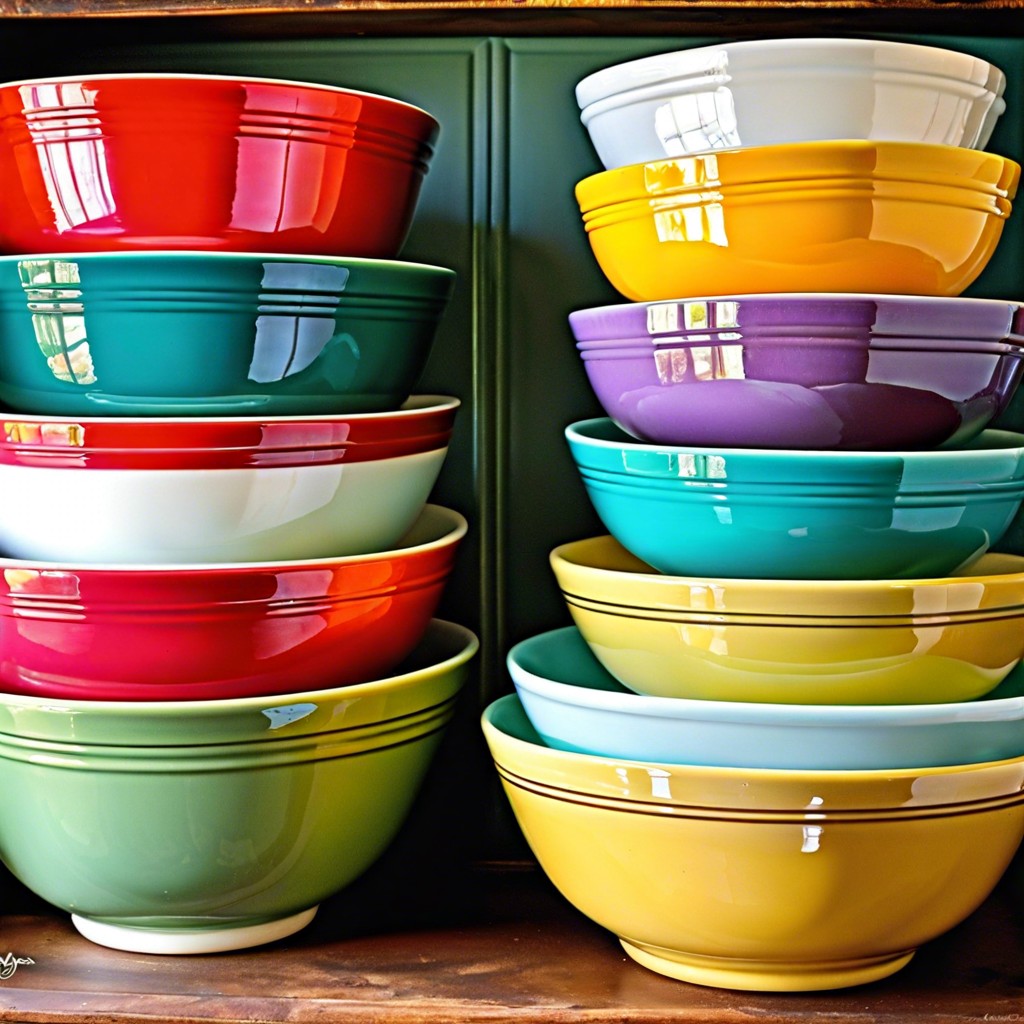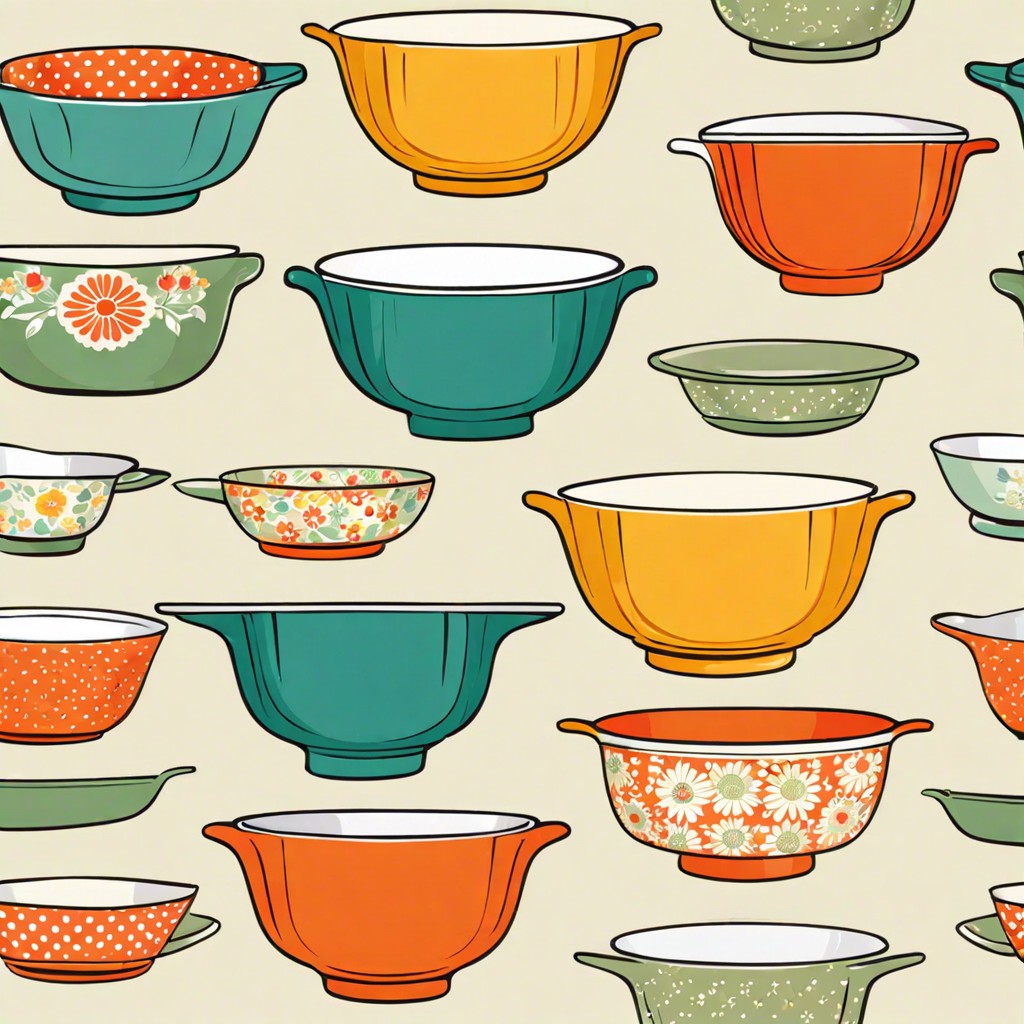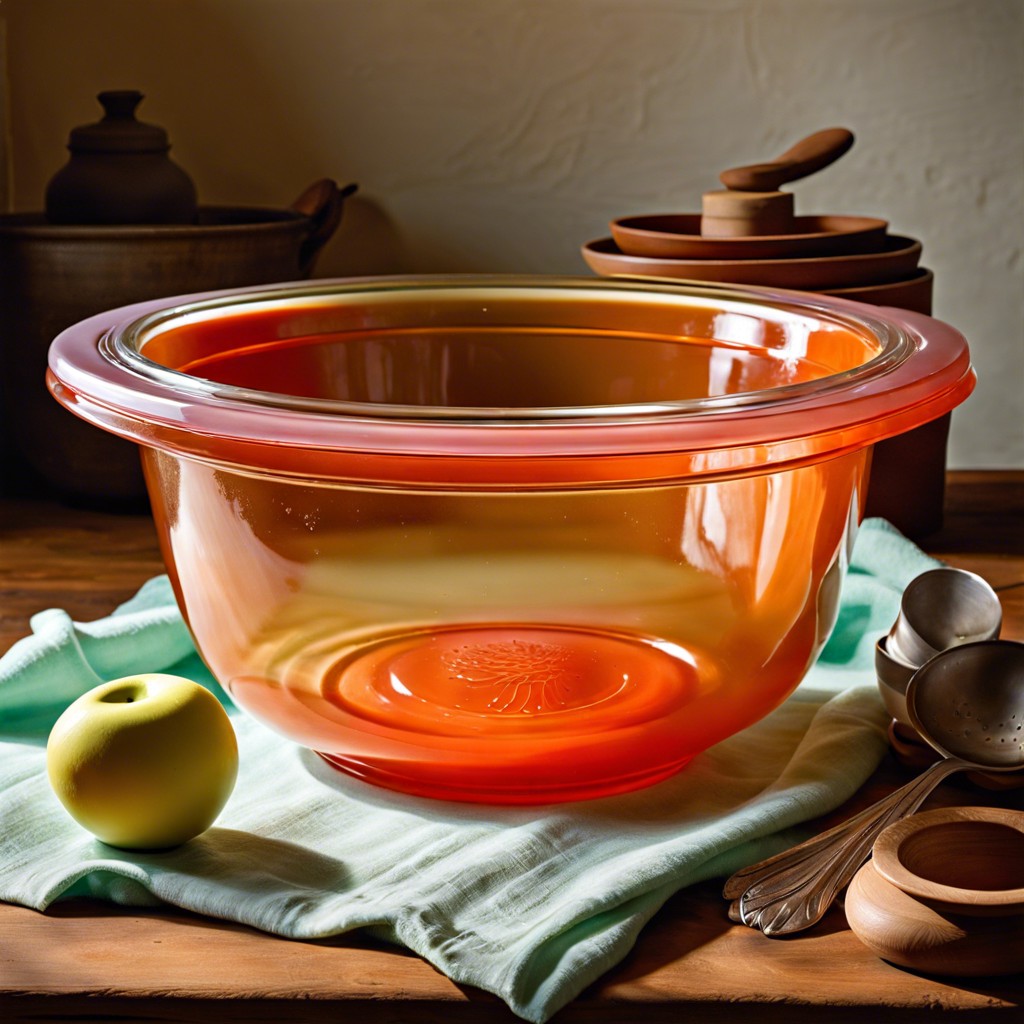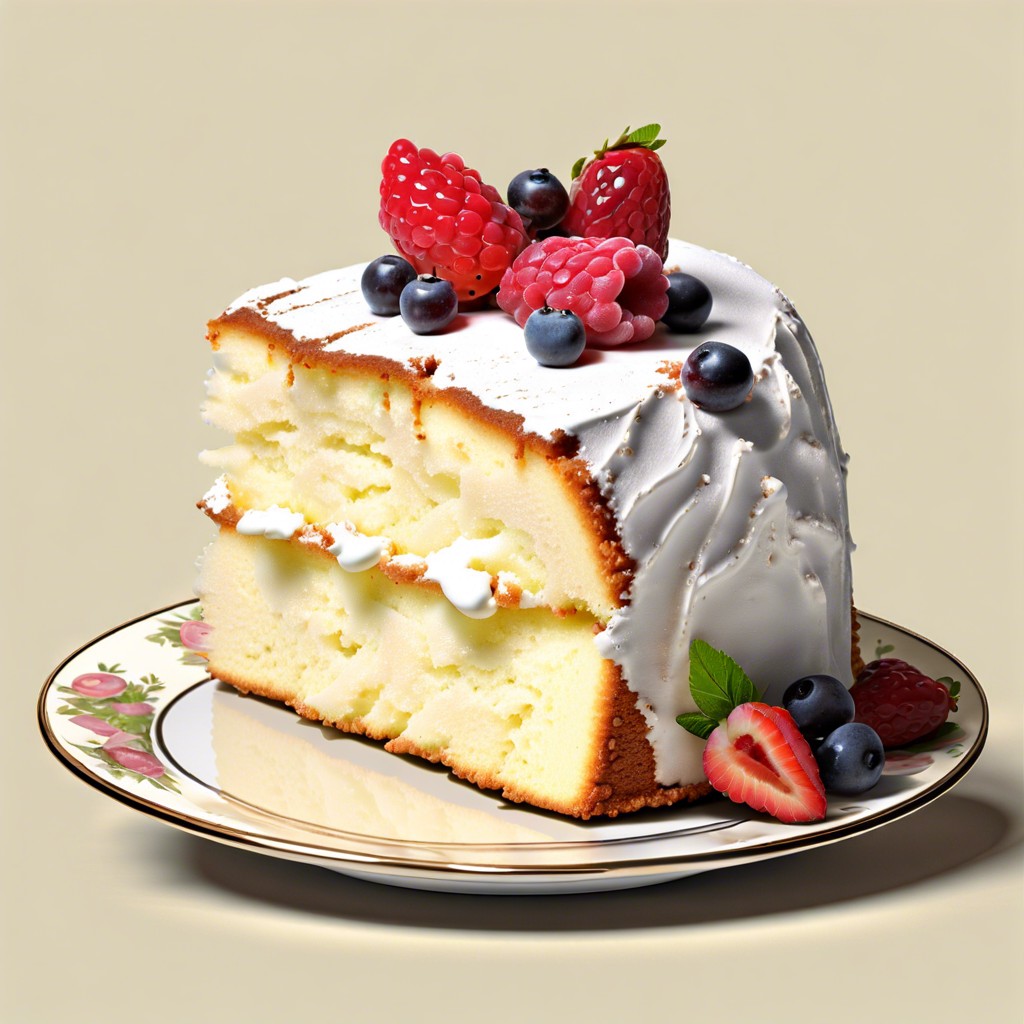Last updated on
Discover practical tips for collecting vintage Pyrex bowls, including what to look for and where to find them.
Key takeaways:
- Vintage Pyrex bowls were originally marketed for their practicality.
- Identifying the age and authenticity involves checking specific markings.
- Pyrex bowls gained popularity for their durability and timeless design.
- Popular patterns include Butterprint, Spring Blossom, and Gooseberry.
- Factors affecting value include condition, rarity, and completeness of set.
Understanding Vintage Pyrex Bowls

Vintage Pyrex bowls, known for their durability and colorful designs, hail from the early 20th century. They began as a novel solution for safe, heat-resistant cookware and quickly woven into the fabric of American home life. These pieces were initially marketed for their practicality but have since captured the hearts of collectors for their nostalgia and charm.
Corning Glass Works introduced them to the market, transforming the cookware industry. Not just practical, these bowls added a splash of color to kitchens with their array of distinctive patterns and hues. Some patterns have become quite cherished, with fans celebrating rare finds and iconic motifs.
The colors and decorations of these bowls were not arbitrarily chosen; they mirror design trends and preferences from the period they were manufactured. This aspect makes them invaluable for understanding the domestic aesthetic of past decades.
Identifying the age and authenticity of these bowls involves checking for specific markings. The bottom of a vintage Pyrex bowl often contains a stamp or engraving indicating the model number, size, and sometimes the year of manufacture.
Alongside their historical significance, these bowls are sought after for their utility. Made from borosilicate glass, they were constructed to withstand temperature changes without breaking, making them perfect for cooking and storing food. This resilience is a testament to the forward-thinking technology of the time.
Understanding these elements gives one a greater appreciation for vintage Pyrex bowls as symbols of innovation, artistry, and timeless usability.
History of Pyrex Bowls

Pyrex bowls first came onto the kitchen scene in the early 20th century, introduced by Corning Glass Works in 1915. The initial appeal stemmed from the glass’s ability to withstand extreme temperature changes without breaking—a revolutionary development for bakers and cooks. These bowls were a departure from the metal and ceramic options available at the time, offering a see-through advantage that allowed for a clear view of the cooking process.
The introduction of colorful patterns in the 1940s marked a turning point, transforming Pyrex from a practical kitchen item into a collectible. The Autumn Harvest, Gooseberry, and Butterfly Gold patterns became emblematic of their respective decades. During the 1950s and 1960s, the rise of television cooking shows further cemented the bowls’ popularity as they became a staple on-screen, igniting a desire in viewers to replicate those televised kitchens.
Innovation did not stop at aesthetics; the nesting bowl set, introduced in the 1940s, exemplified Pyrex’s commitment to both form and function. These sets addressed space-saving concerns and became beloved for their convenience and color coordination.
Pyrex has maintained a presence in home kitchens for over a century, testament to the durability and timeless design of these glassware icons. With a nod to nostalgia and a penchant for practicality, these bowls have simmered into the annals of kitchen history.
Popular Pyrex Bowl Patterns

Bright and charming, Pyrex patterns capture a bygone era, stirring memories of grandma’s kitchen. Among the array of motifs, several stand out.
The Butterprint pattern, a turquoise delight, features an Amish couple and agricultural symbols, evoking rural Americana. Highly coveted, these bowls recall simpler times.
Fans of florals gravitate towards the Spring Blossom series, bursts of green flowers that embody the vibrancy of the 1970s. They add a retro flair to any kitchen shelf.
Gooseberry pink, with its playful berries and leaves, tugs at the heartstrings of nostalgic collectors and enthusiasts, securing its place as a fan favorite.
For those enchanted by the stars, the Atomic Eyes chip bowl, a nod to the Atomic Age, brings mid-century modern design to the foreground with its quirky pattern.
Pyrex’s holiday bowls, like the festive red and green Christmas design, turn functional kitchenware into seasonal statements.
Knowledge of these patterns not only ignites appreciation for their aesthetic but also aids in identifying and valuing vintage pieces.
Factors Affecting Vintage Pyrex Value

Condition plays a pivotal role in the appraisal of vintage Pyrex. Scratches, chips, and faded patterns can significantly reduce a bowl’s market value. Conversely, pieces in pristine condition fetch higher prices.
Rarity comes next. Certain Pyrex patterns were produced for limited periods, making them more sought after by collectors. For example, the coveted ‘Lucky in Love’ pattern from the 1950s can command a king’s ransom.
Color vibrancy matters, as it often indicates minimal use. Bright, vivid patterns ignite collector interest and drive up value.
Completeness of a set can multiply worth exponentially. Individual bowls are valuable, but a complete nesting set in good condition is like striking gold.
Original stickers or packaging are the cherries on top. Such details certify authenticity and often catapult the bowls into higher price brackets.
Retired patterns, especially those with short production runs or those that were promotional items, have a particular allure for collectors. They exemplify the zeitgeist of an era and thus capture the imagination of those passionate about culinary history.
In sum, when assessing vintage Pyrex, consider its condition, rarity, color vibrancy, set completeness, and the presence of original markings. Each element significantly influences a bowl’s desirability and, as a result, its potential value.
Care and Maintenance Tips

Keep vintage Pyrex bowls sparkling with some simple yet effective care routines. First, hand wash these retro treasures with mild detergent; steer clear of harsh scouring pads to prevent scratching the designs. Think twice before stacking them; cushion the bowls with a protective layer to ward off chips.
When reheating leftovers, remember that temperature shocks are a no-no. Gradually warm bowls in the oven to avoid potential cracking—microwaves were not in the design blueprint. For those stubborn stains, a soak in warm soapy water does the trick; baking soda gently buffs away marks without leaving a scratch.
Lastly, keep these beauties out of the dishwasher. The high heat and harsh detergents can fade the vibrant patterns that make Pyrex the apple of a collector’s eye. Treat them with a soft touch, and they’ll stay as timeless on your shelves as they are in your heart.




